Phonics Teaching Resources
Make teaching phonics easy with printable phonics worksheets, activities, games and more designed for primary teachers.
This collection of Australian curriculum-aligned teaching resources has been carefully reviewed by our expert teaching team to make sure every resource is classroom-ready — so we can make your lesson planning easier!
New to teaching phonics, or just looking for new ways to engage your students? Read on for a primer from our teacher team!
What Is Phonics?
You've likely heard the word 'phonics' thousands of times throughout your own education and maybe on one of those old as from the '90s. But what is phonics, exactly?
Phonics is technically defined as the systematic instruction of the relationships between letters and sounds in written language. But that's a mouthful, isn't it? More simply, phonics is the word we use to refer to the method of teaching reading by focusing on the relationship between written letters and the sounds they represent.
In phonics, kids learn how to decode written words by recognising the sound-symbol correspondence.
Phonics vs. Phonemic Awareness
When we start talking about letters and their sounds, we start to wander into phonemic awareness territory. So what's the difference?
The words phonics and phonemic are similar, and the two concepts are — surprise, surprise — related. But there are key differences.
Phonemic awareness is essentially the ability to identify and manipulate individual sounds — aka phonemes — in spoken language. It's those individual sounds and their correspondence to the letter symbols that can be used by kids to then decode written words.
So students learn to recognise the individual sounds of spoken language (phonemes) and how these sounds can be represented by letters (graphemes) in written language. Then they apply this knowledge to decode written words by understanding the sound-symbol correspondence.
Consider this example:
- Let's say your student can identify the separate sounds in a spoken word such as 'cat' (i.e., /k/ /a/ /t/). That's phonemic awareness.
- Now let's say you're teaching that same student that the letter 'c' represents the /k/ sound and that the letter 'a' represents the /a/ sound, and that these sounds combine to form the word 'cat.' That's phonics!
How to Teach Phonics in Primary School
OK, you probably already know that phonics is all about teaching word recognition via grapheme-phoneme associations and letter-sound correspondences.
It’s a means of teaching early readers the pieces that make up a word so they can blend them together to decode the English language as readers and writers.
But how do you teach it?
In the earliest stages, phonics instruction typically begins with teaching students the most common letter-sound relationships. You start with consonants, then move on to vowels, then consonant blends.
Students then learn to sound out words by decoding the letters and blending the sounds together to form words.

Phonics Vocabulary Terms to Remember
The English language system is one of the hardest to teach and learn, so how do you teach phonics? Let’s start with the phonics vocabulary.
- For starters, there are 26 letters that create approximately 44 phonemes, the word for the individual speech sounds that make up words. Put together, phonemes make words. OK, easy enough, right?
- Well, these phonemes can be written in more than 200 different letter combinations, known as graphemes. Graphemes can be made up of 1 letter (such as 'p' in 'pig'), 2 letters (such as 'gh' in ghost), 3 letters (such as 'igh' in night), or 4 letters (such as 'ough' in rough).
- Then there are digraphs or two letters that work together to make one sound — such as “ph” in graph. But wait, isn’t that a grapheme? Yup, a digraph is a type of grapheme.
- So is a trigraph, trigraphs, aka three letters that work together to make one sound, such as 'dge' in edge.
- And if you’re teaching phonics, you can’t forget dipthongs, the name for a sound that is formed by the combination of two vowels in a single syllable, such as 'ou' in loud.
Most students will spend foundation, year 1 and even year 2 getting a handle on all phonics elements!
- Plus Plan

Beginning Letter Sounds Flashcards Game
Practise applying beginning letter sound correspondence with this set of 16 game boards and letter flashcards.
- Plus Plan

Betty Botter – Tongue Twister Poster
Use this “Betty Botter” tongue twister poster to teach your youngest students about word play and alliteration.
- Plus Plan
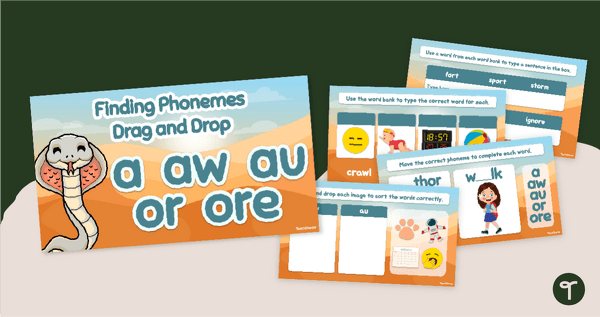
Finding Phonemes - A, AW, AU, OR, ORE Digital Learning Activity
Read and spell words using the au, aw, a, or, and ore phonemes with an interactive digital learning activity.
- Plus Plan
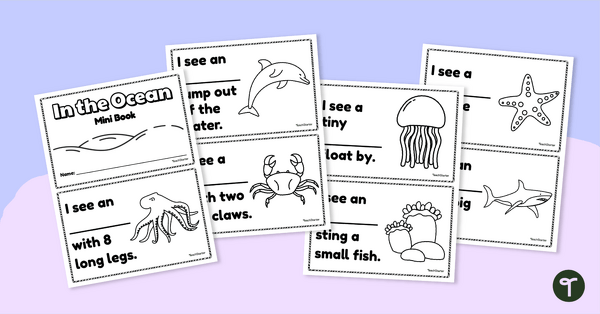
Printable Early Reader Books - Ocean Animals
Learn about sea life with a printable ocean book for year 1 students.
- Plus Plan

Ch Digraph Lesson Resource Pack
Introduce students to the ch digraph with this set of teaching slides and mini activity book.
- Free Plan
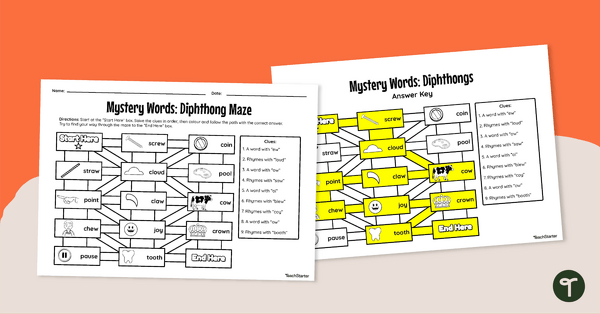
Diphthongs Maze Worksheet
Excite your students to practise their knowledge of diphthongs with this fun clue-based maze worksheet.
- Free Plan
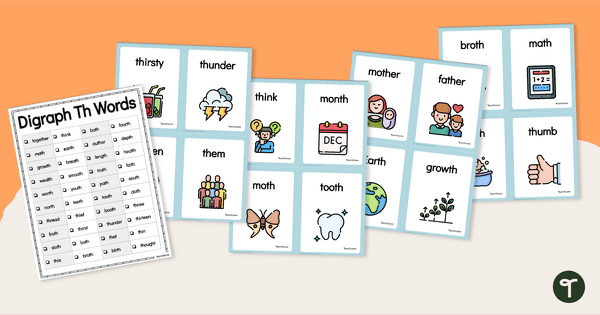
Th Word List and Flash Cards
Practice reading and spelling words with the Digraph TH with a list of 50 words and accompanying illustrated flash cards.
- Plus Plan
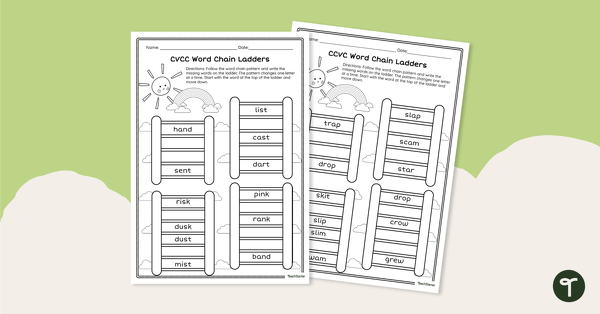
CVCC and CCVC Word Chain Ladders - Worksheets
Build word chains with CVCC and CCVC words using this set of printable phonics worksheets.
- Plus Plan
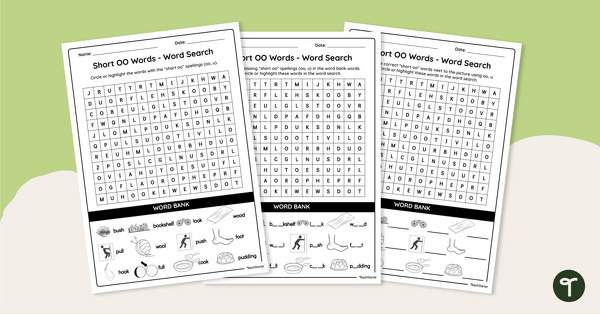
Short OO Words - Word Search
Explore words containing some of the most common ‘short oo’ graphemes with this set of differentiated word searches.
- Plus Plan
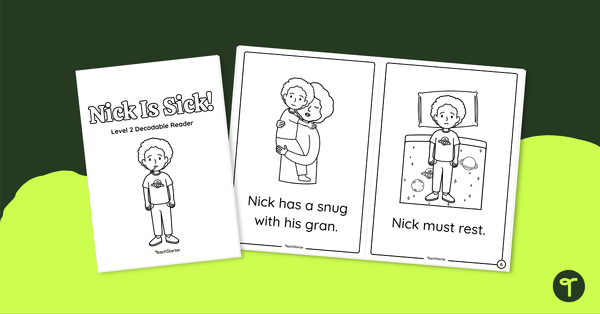
Nick Is Sick! - Decodable Reader (Level 2)
Develop confident, successful readers with this phonics-based, printable decodable book.
- Plus Plan
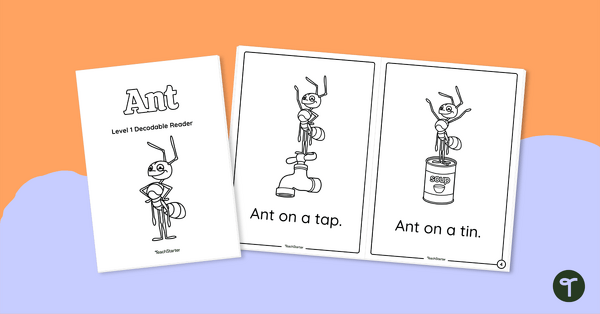
Ant - Decodable Reader (Level 1)
Develop confident, successful readers with this phonics-based, printable decodable book.
- Plus Plan

Greek and Latin Roots – Card Kaboom!
Explore Greek and Latin word origins with this hand-on card game.
- Plus Plan
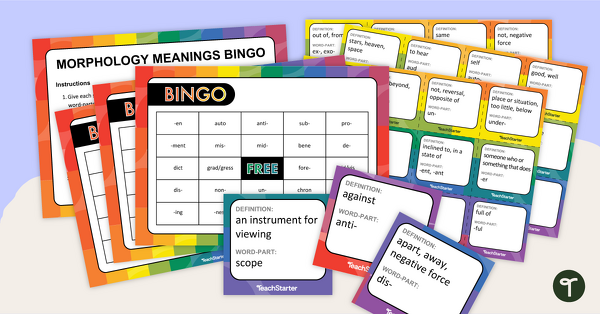
Morphology Meanings Bingo
Examine word parts and identify their morphological meanings in this BINGO game.
- Plus Plan
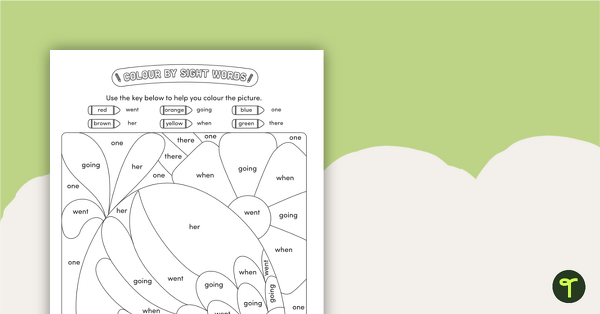
Colour by Sight Words - 6 Words - Chicken
A fun colouring activity to use when working with sight words.
- Plus Plan

First 100 Fry Sight Words – Practice Mat
A hands-on resource to enable your students to practise reading and writing a range of high-frequency words.
- Plus Plan
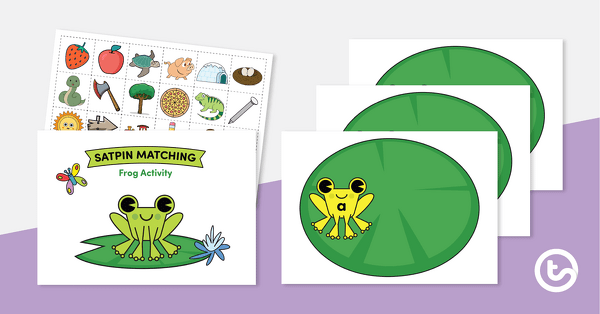
SATPIN Matching Activity - Frog and Lily Pads
A SATPIN matching activity using lilly pads.
- Plus Plan
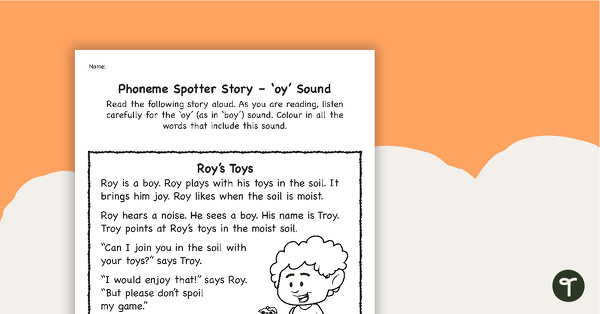
Phoneme Spotter Story – 'oy' Sound
A decodable text featuring various graphemes that make the ‘oy’ sound.
- Plus Plan
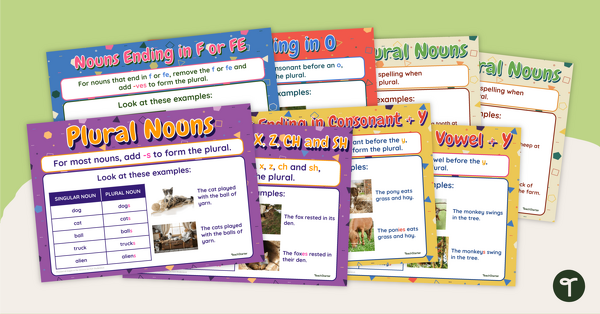
Plural Rules Poster Pack
Make plural rules a breeze to understand with plural noun posters.
- Plus Plan

Blending Words Reading Warm-Up Task Cards
Get your students ready for reading with these blending words reading warm-up task cards.
- Plus Plan
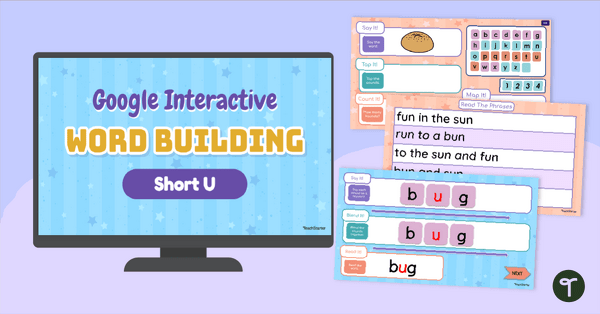
Learn to Read Short U - Daily Phonics for Kids
Use our week-long Interactive Short U Word Building Interactive to teach daily phonics lessons for beginning readers!
- Plus Plan

Find and Colour Alphabet Activity
Help students recognise different letters of the alphabet with this find and colour worksheet pack.
- Plus Plan
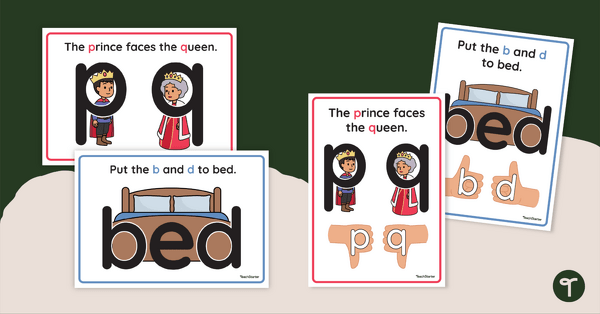
Letter Reversal Posters
Display these posters highlighting the differences between b, d, p and q letterforms.
- Plus Plan
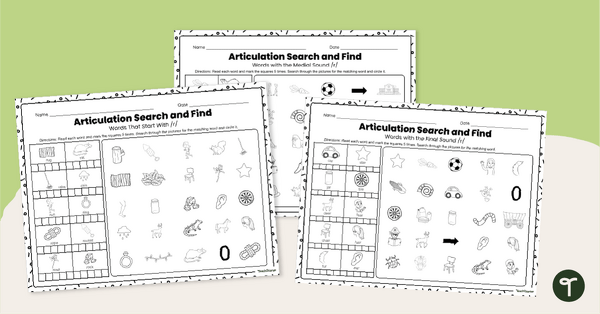
/r/ Words Articulation - Speech Therapy Worksheets
Provide articulation practise with printable speech articulation worksheets for words with beginning, medial, and final /r/ sounds.
- Plus Plan
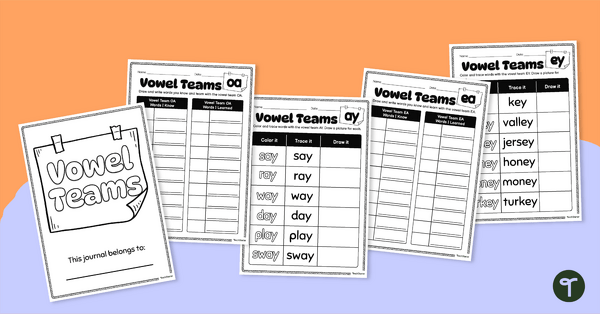
Vowel Teams Phonics Journal
Help students remember and record words and examples of different vowel digraphs during your phonics lessons.
- Plus Plan

Long E Vowel Digraphs Interactive Activity
Practise identifying the different graphemes that spell the long /e/ sound with this fun space-themed interactive activity.
- Plus Plan
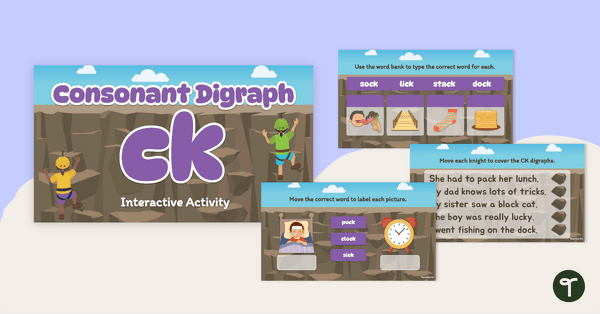
Consonant Digraph CK Interactive Activity
Engage students in practising their learning around the consonant digraph of ‘ck’ with this fun rock climbing-themed interactive activity.
- Plus Plan
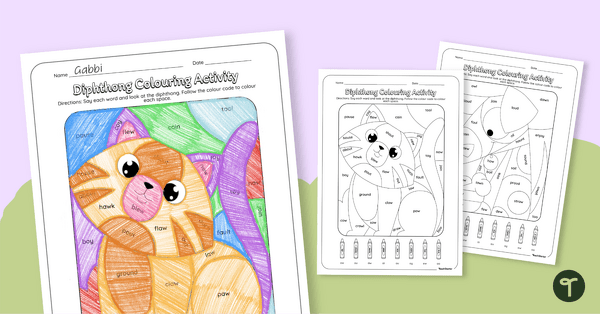
Diphthong Colouring Activity Worksheets
Practise finding different vowel team diphthongs with this set of fun colour-by-code worksheets for your students.
- Plus Plan
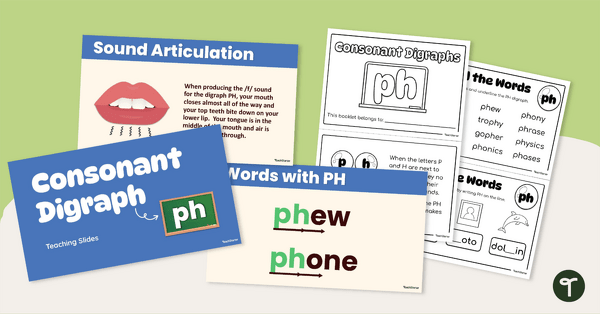
Ph Digraph Lesson Resource Pack
Introduce students to the ph digraph with this set of teaching slides and mini activity book.
- Plus Plan
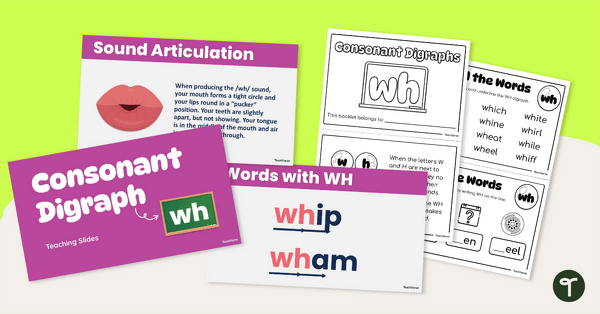
Wh Digraph Lesson Resource Pack
Introduce students to the wh digraph with this set of teaching slides and mini activity book.
- Plus Plan
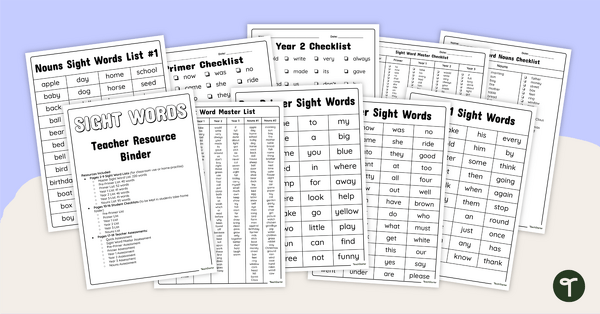
Sight Word Lists – Teacher Resource Binder
Use this collection of checklists, student pages and quick-check assessments when reviewing Dolch sight words spanning from pre-primer to year 3.
- Plus Plan
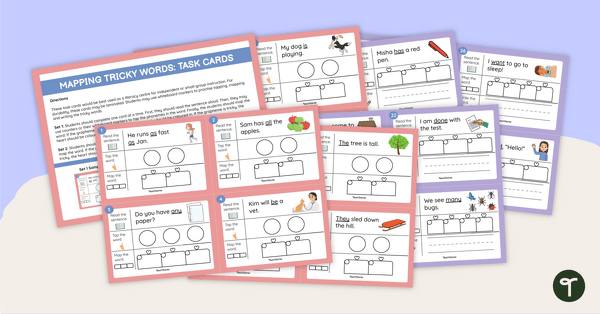
Mapping Tricky Words - Task Cards
Practise identifying the tricky parts in high-frequency words with these differentiated sets of tricky word mapping task cards.
- Plus Plan
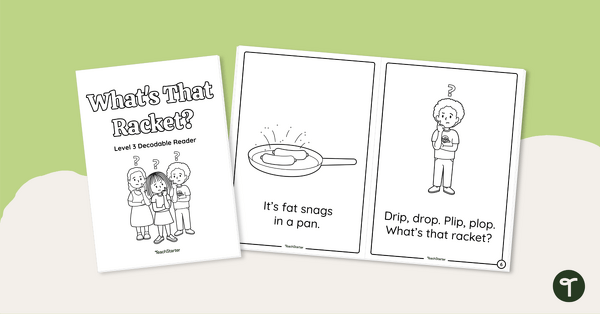
What's That Racket? - Decodable Reader (Level 3)
Develop confident, successful readers with this phonics-based, printable decodable book.